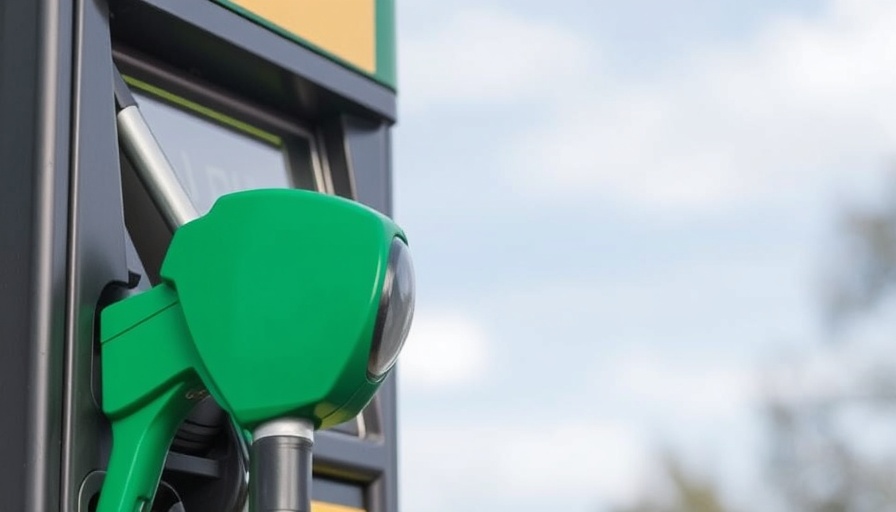
Why Car Seat Safety Should Matter to Every Parent
Car seat safety is a subject that deserves our utmost attention, especially as children grow and their needs change. Recent analyses from the AAA reveal not just a positive downward trend in child fatalities, but also alarming statistics on how car seat usage declines around the age of three. It’s troubling to realize that this is a common mindset among caregivers: once a child reaches a certain age or size, they may not need the protective gear that has been working effectively. Yet, safety experts like AAA’s Director of Traffic Safety Advocacy, Jake Nelson, emphasize that proper buckling should persist well into childhood.
The Importance of Proper Car Seat Usage
Understanding that child safety doesn’t stop after infancy is crucial. Statistics show the dramatic impact of car seats, booster seats, and seat belts in preventing fatalities: a striking 71% reduction in fatalities for infants and 54% for toddlers in passenger vehicles. The reality, however, is that many parents don’t maintain rigorous safety practices as their kids grow. AAA reports a near 67% misusage rate, which translates to unsafe installations and loose harnesses. This inconsistency can jeopardize young passengers' lives.
Common Misuses and How to Avoid Them
The importance of installing car seats correctly cannot be overstated. According to the National Digital Car Seat Check Form (NDCF), three prevalent mistakes put children at risk: 1) loose car seat installations, 2) neglecting to use the tether with forward-facing car seats, and 3) securing a child with a loose harness. Awareness and education must spread, and parents should seek guidance from certified Child Passenger Safety Technicians (CPSTs) who can assist in navigating these difficulties.
The Consequences of Incorrect Usage
Tragically, the statistics don’t lie: nearly 40% of child fatalities from car accidents involve completely unrestrained passengers. For those aged 4 to 6, the figure drops slightly but remains disheartening at 33%. Children aged 0-3 face a painful reality as well; 26% of this group were also unrestrained. As children grow, the need for boosters and correct seat belts remains urgently needed until they are truly ready—an age that most experts calculate to be between 10 and 12 years old. Parents often return for expert help when their young children are still infants but neglect to adapt their safety practices as the children age, leading to preventable disasters.
Future Trends: How Safety Will Evolve
As we look forward, it is paramount to consider how innovation will shape car seat safety. With advancements in technology and public awareness campaigns, we can hope for a future where every child knows to be buckled up at every stage of growing up. Recognizing the importance of continued education and community resources will be crucial in shaping future generations’ understanding of safe travel.
Conclusion: A Call to Action for Parents
Car seat safety matters—now and always. As we approach National Child Passenger Safety Week, let’s commit as a community to educate parents about the importance of these protective measures. Whether you’re planning a family road trip or just a short drive, remember: every journey is safer when every child is buckled in properly. Take the time this week to ensure your child is safe. Visit local resources or reach out to certified CPSTs to double-check that you’re following safety protocols. You and your child's life may depend on it.
 Add Row
Add Row  Add
Add 




Write A Comment